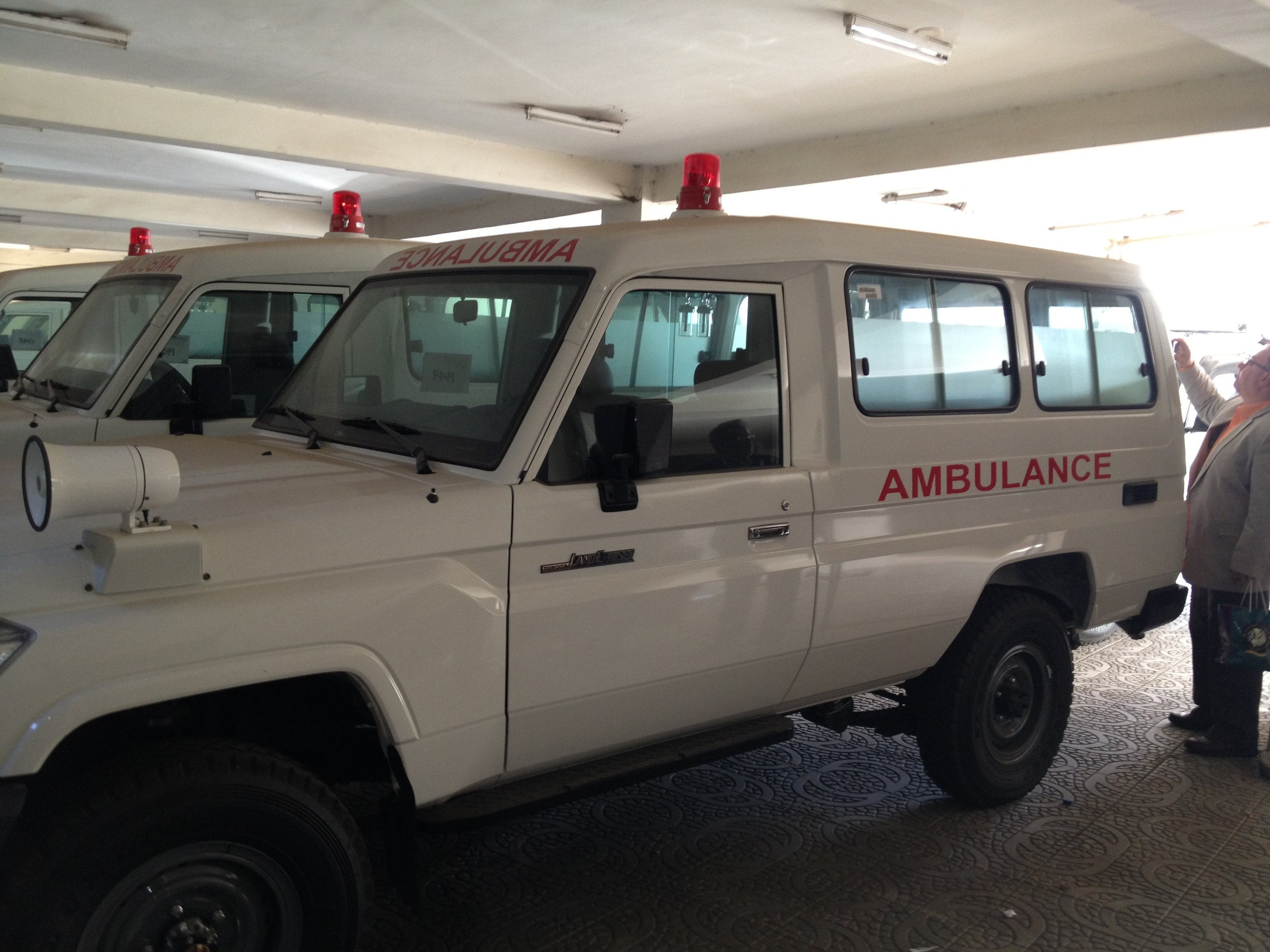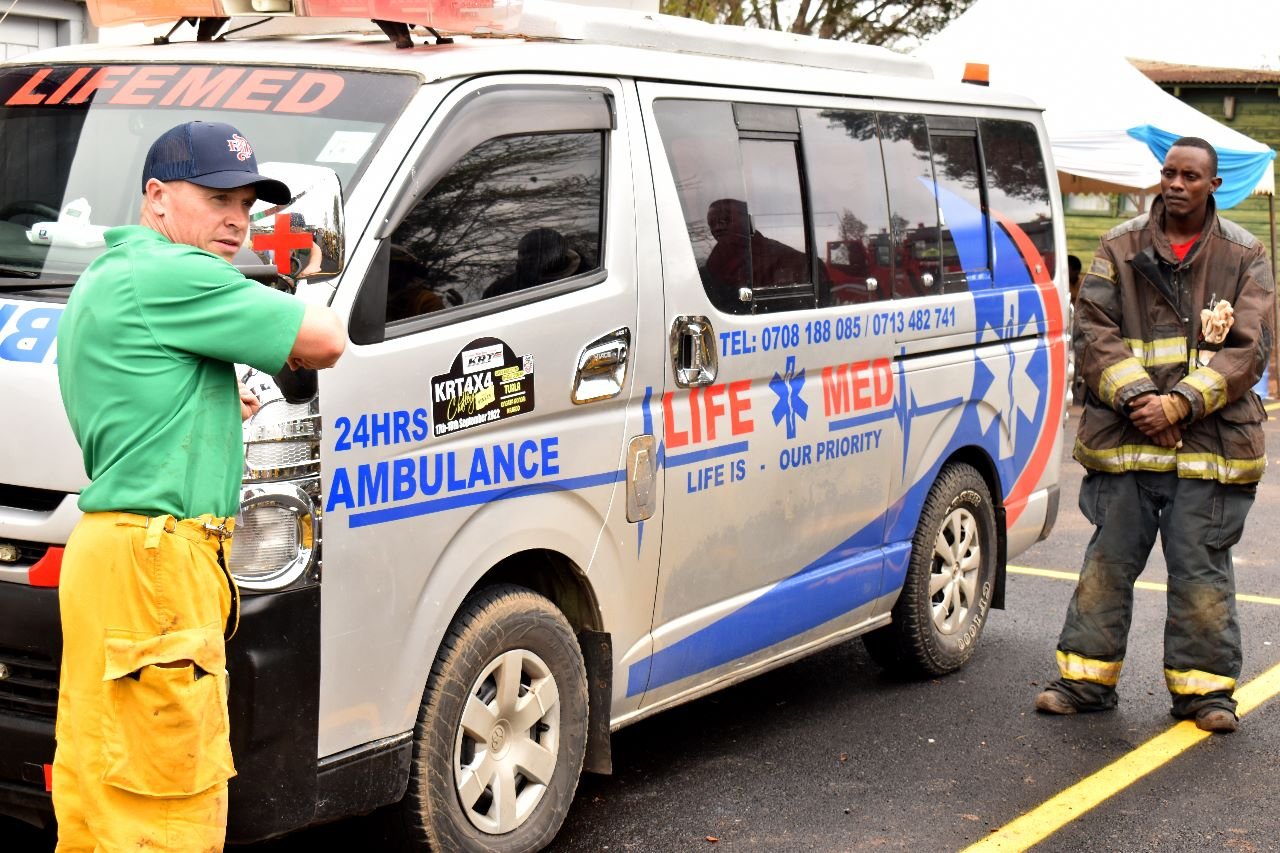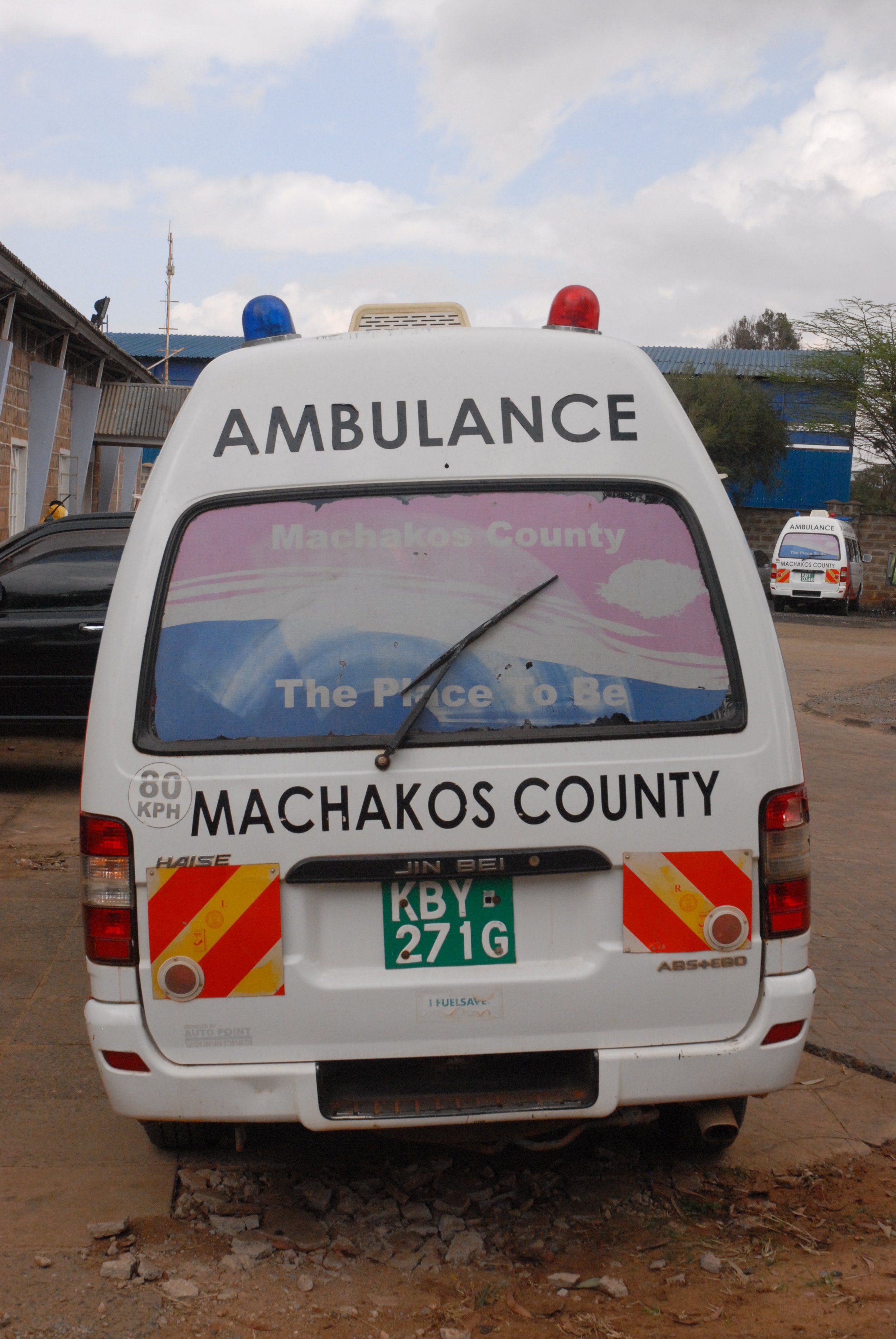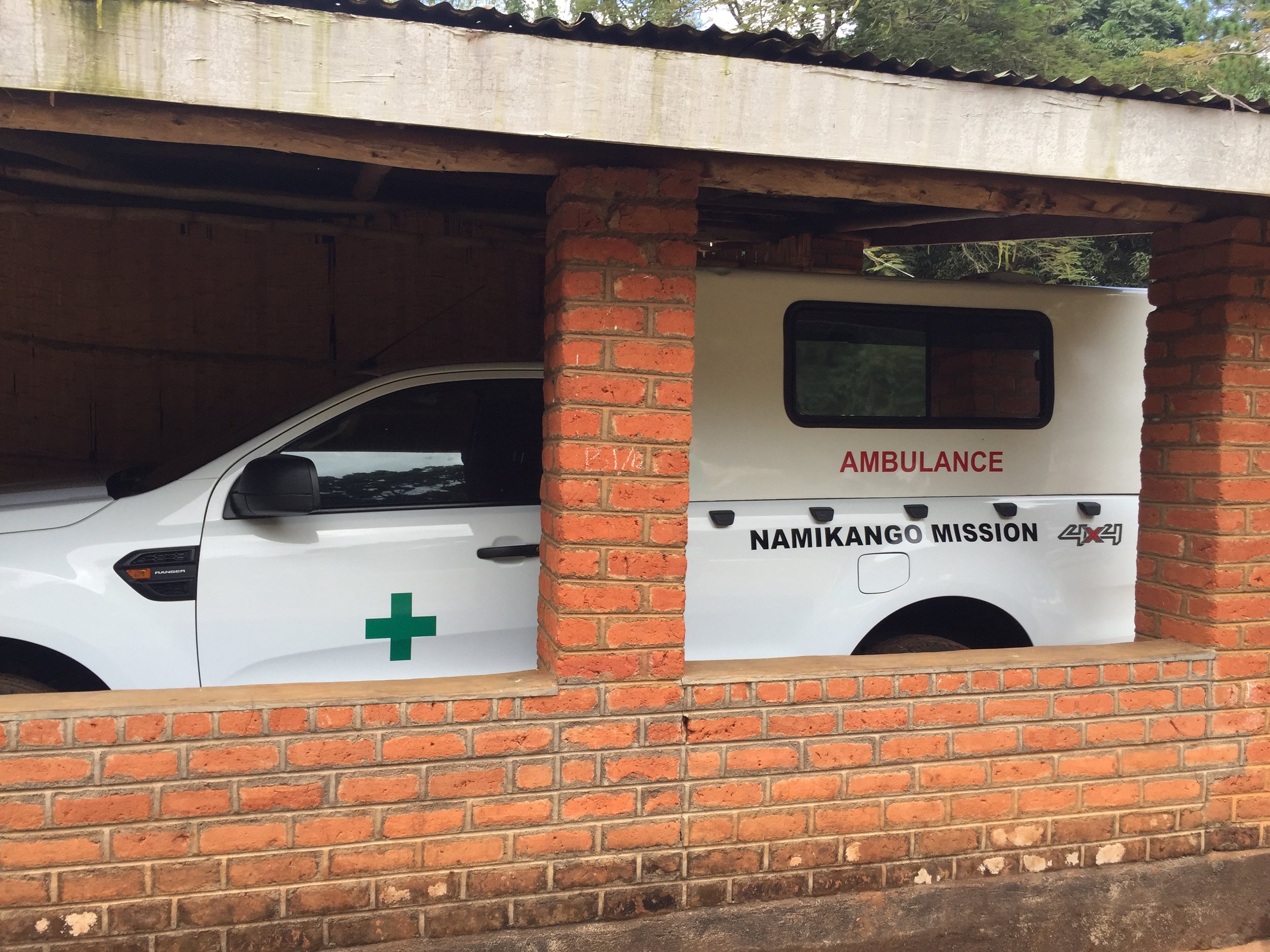Ambulance Services and Its Importance in Society
By: Kelvin from Swift Emergencies Response Unit - Kenya
Increase in medical ailments has led to the rise in hospitals and emergency medical services assisting patients who require emergency medical assistance at critical moments, helping them to reach the hospital on time thus saving their life.
Private and public ambulance transport services are operating in more numbers today as an inevitable service providing care to critical patients at crucial moments. In Kenya, ambulance operating centers are set up at every hospital and private EMS organization. These Ambulance operating centers function with adequate ambulance transport services to offer immediate medical care for patients. Private ambulance transport services depict a consistent rise in the growth curve each year offering non-emergency services unlike hospital ambulance transport services which primarily function for emergency needs. Some of the non-emergency services include shifting patients from one hospital to another, transporting patients for any scanning or laboratory services to the relevant facilities, or patients with any travelling disabilities in normal vehicles to hospitals for treatments.
Emergency ambulance services are usually equipped with adequate medical equipment and paramedical professionals. Sometimes, non-emergency ambulance transport services are also equipped with some basic medical aids and a para medical staff to cater the needs of immediate medical care to patients.
Let us discuss a few points about the pre-hospital medical professions - paramedics and emergency medical technicians (EMTs) who are the spine of ambulance transport services:
Paramedics or EMTs are first treating patients even before doctors (pre-hospital care) thus saving patients through immediate medical procedures ensuring the vitals stable before reaching hospitals for further treatments.
Paramedics and EMTs are trained healthcare professionals, authorized to attend patients with required medications and procedures based on their training level.
Education level, standards, functions and skills of paramedics and EMTs vary with countries. However. certain standard functionalities remain common such as being trained to practice CPR procedures for cardiac arrest patients, usage of defibrillators, certain analgesic, paralytics and sedative medications for pain control, first aid to treat burns, fractures, childbirth complications, spine injury, airway management, blood control etc.
One should respect the noble service of prehospital providers who form an integral part of ambulance services.
The youth of our nation should involve themselves in such noble service, joining community life saving teams and can considering a career as a paramedic or EMT.
The government could benefit from taking initiatives to support volunteer community first responders at the community level and to empower them to continue saving lives at the scene before qualified personnel arrives.





